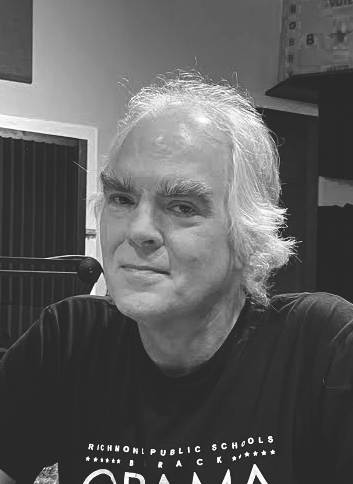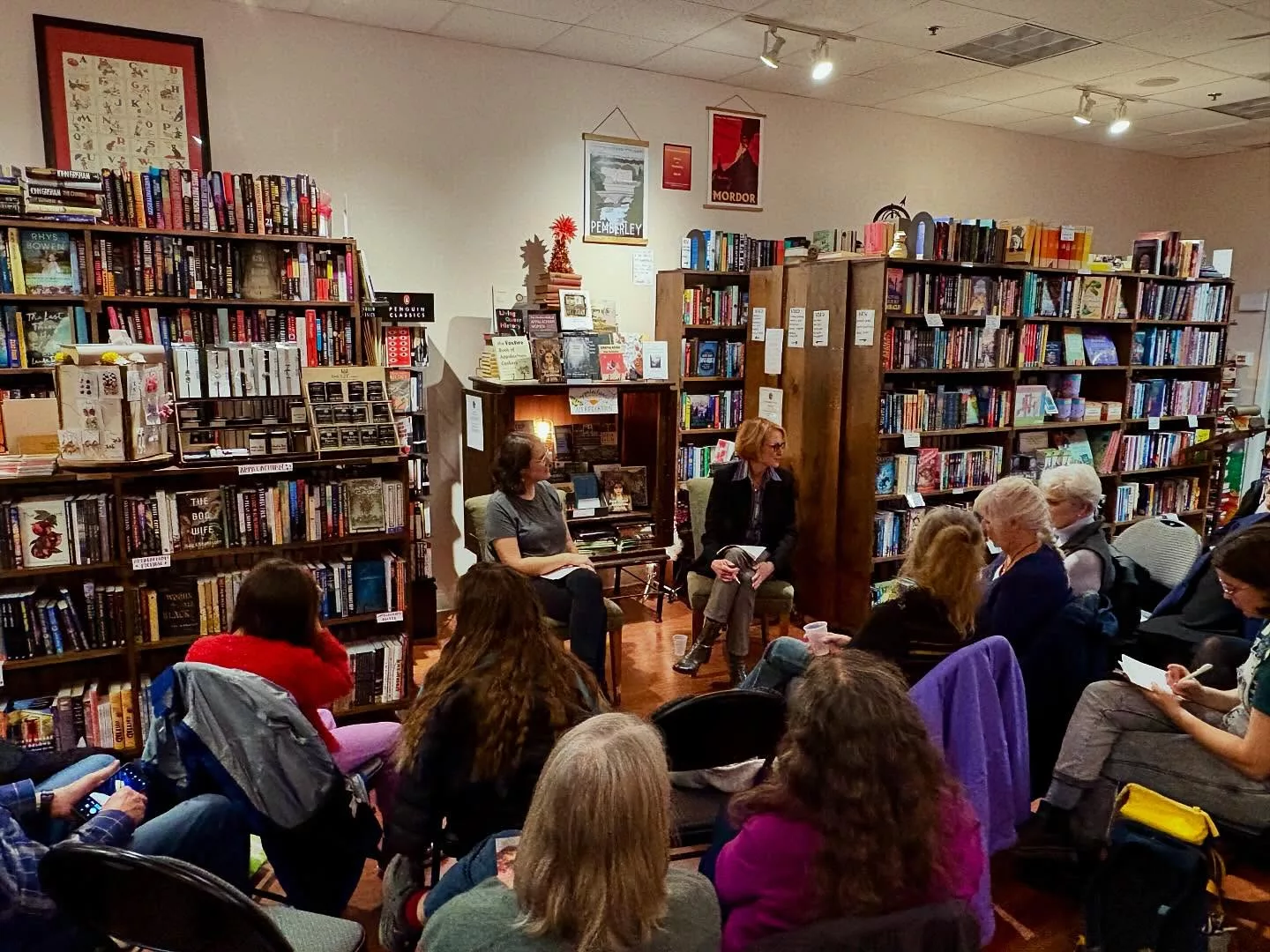The Bray School was first in the colonies for Black children.

(Courtesy of Colonial Williamsburg)
“It was hiding in plain sight,” says Maureen Elgersman Lee, director of William & Mary’s new Bray School Lab, speaking of the small schoolhouse where freed and slave children were educated.
Once thought demolished, the Bray School was actually ensconced within expansions to the Dudley Digges House, later a William & Mary military science building. Considered the oldest surviving schoolhouse for Black students, “it’s an amazing find,” says Matthew Webster, executive director of the Grainger Department of Architectural Preservation and Research. “Normally when you have an original building, it’s all guesswork.” But a 1930 renovation yielded clues. “We have these scraps of wood that tell us exactly what the trim work looked like, where the doors were, even where the dormers were.”

(Bray School, from Digges House Archival Images)
Founded in 1760 by a British philanthropic group dedicated to educating slaves in the colonies, the school was named for English clergyman and abolitionist Dr. Thomas Bray. It was Benjamin Franklin who chose Williamsburg for the largest Bray School, with others established in Philadelphia, New York, and Newport.
“Research shows that close to 400 children were educated,” says Lee, whose lab will document the lives of the students and their descendents. “They were taught the tenets of the Anglican church, and how to read and write.”
“This wasn’t just evangelizing,” adds Ann Marie Stock, William & Mary’s presidential liaison for strategic cultural partnerships. “But it empowered the students because they had access to literacy and that literacy resonated through their families and provided new possibilities.”
The restored building will be relocated within Colonial Williamsburg, where it will provide a powerful piece of living history for visitors. “We’re looking at what this means for U.S. history, for Virginia history, and for our understanding of education in this nation.”








